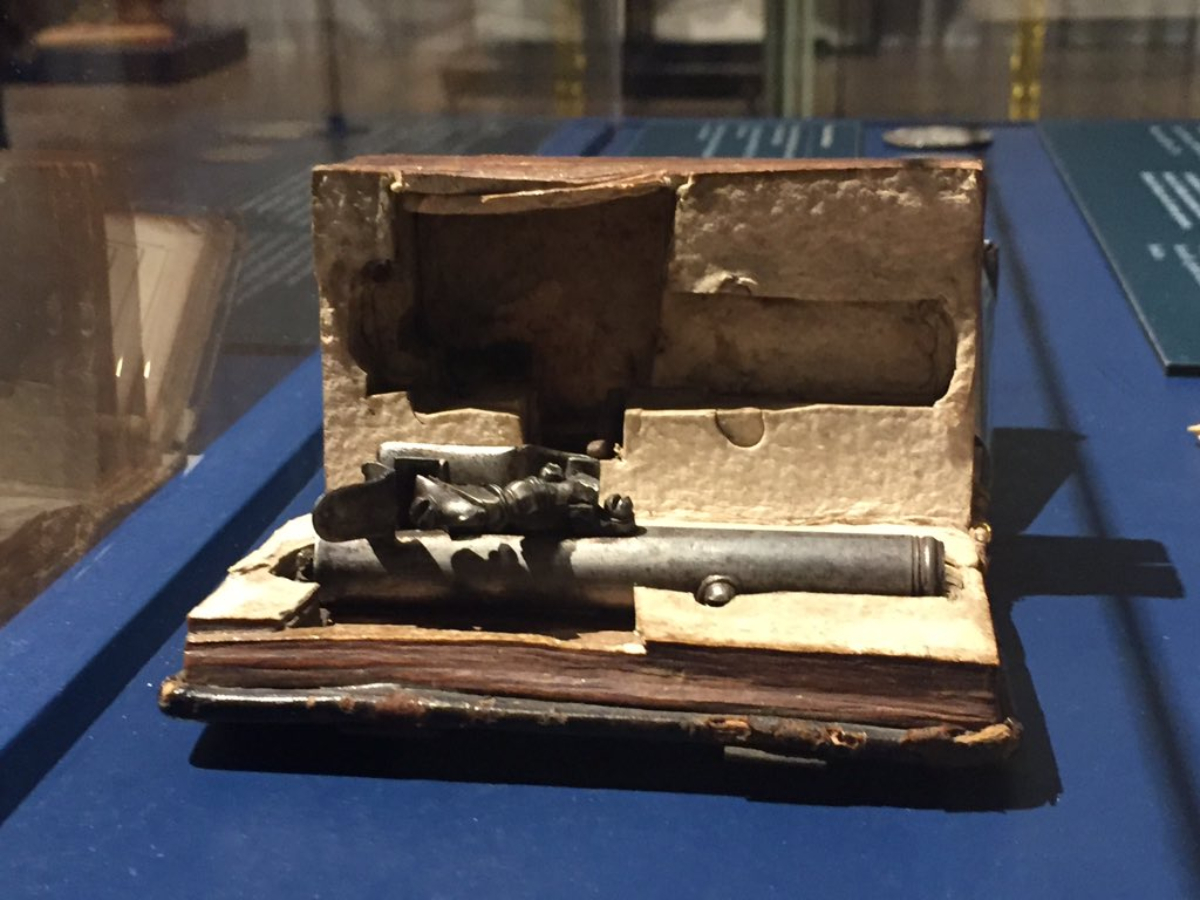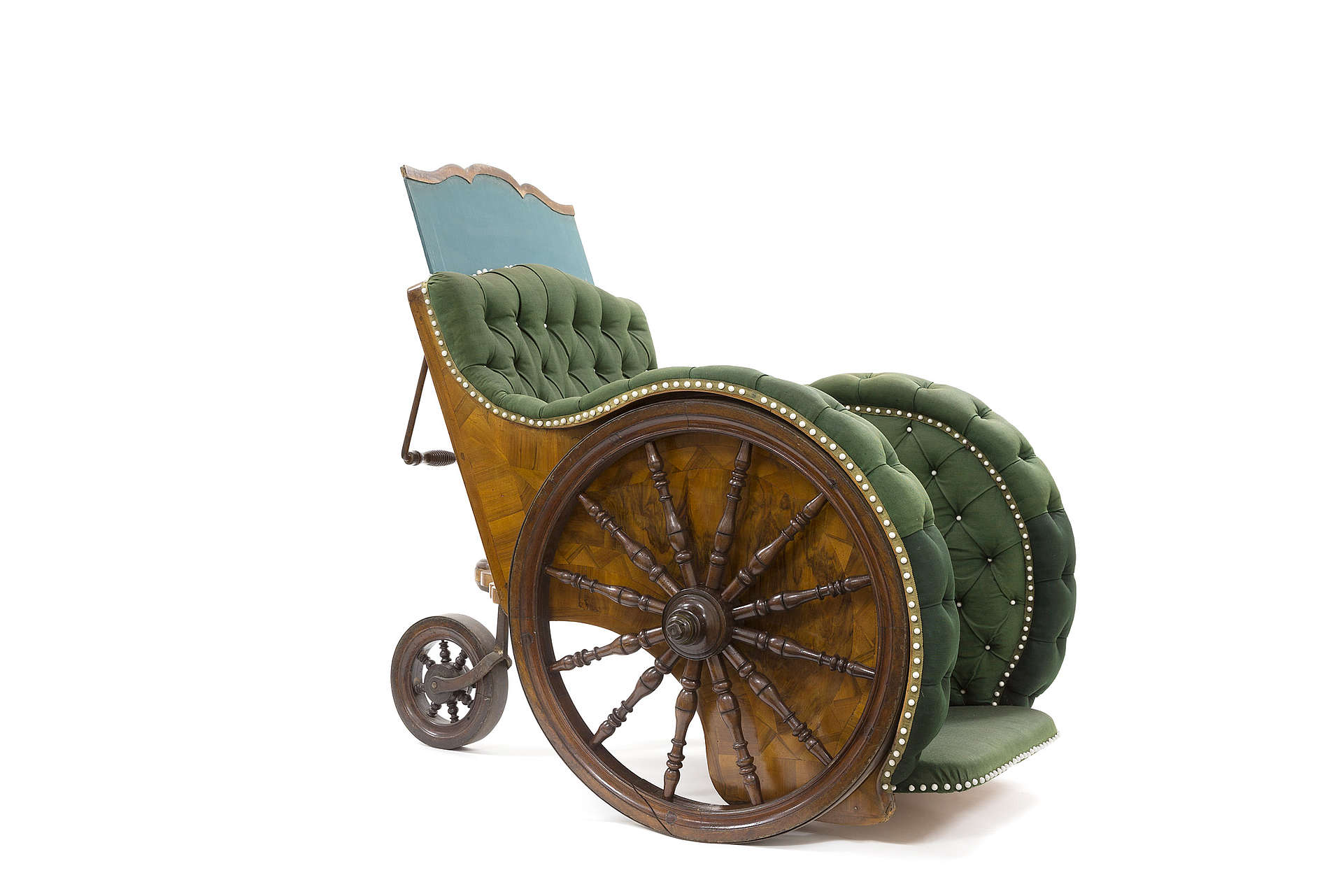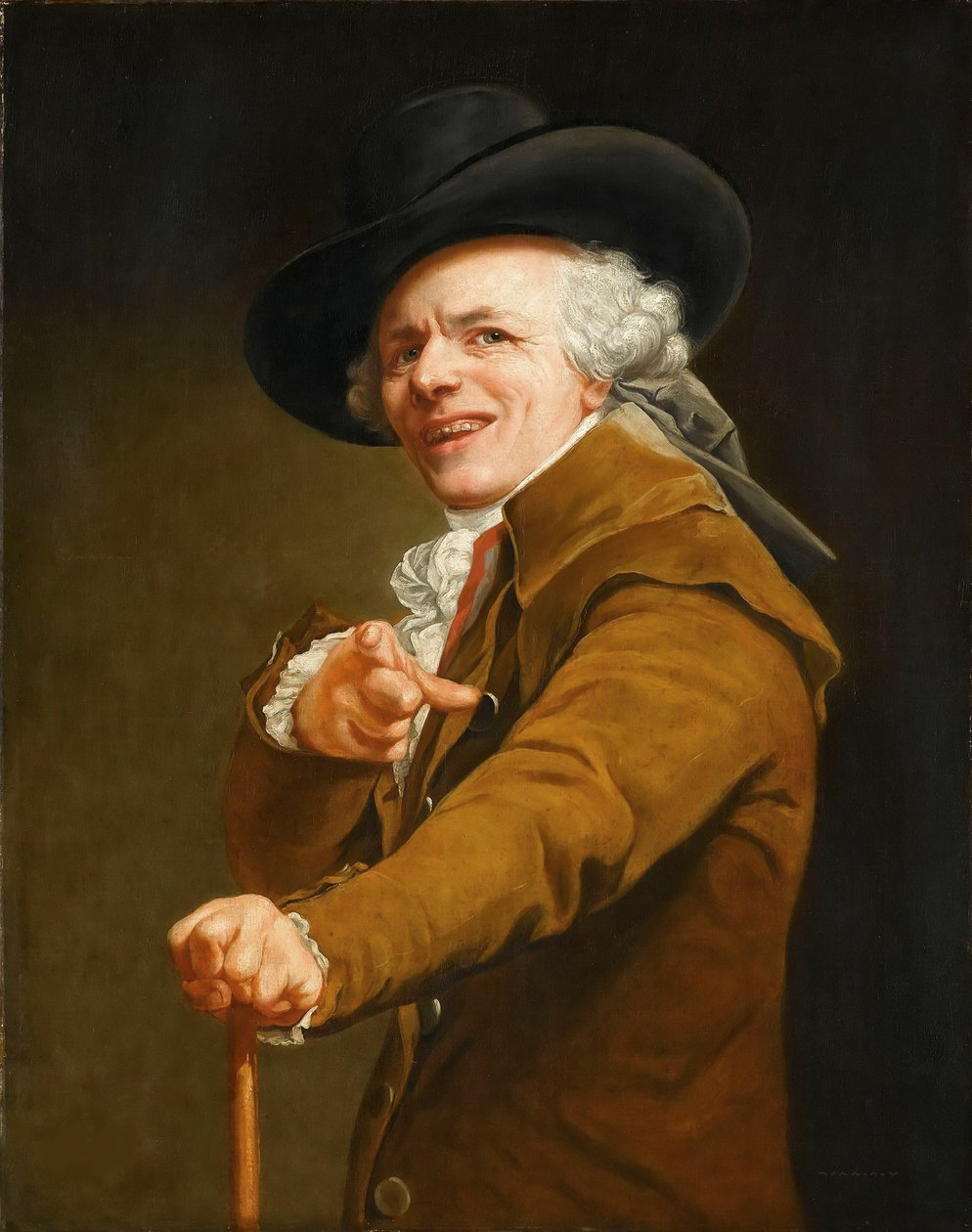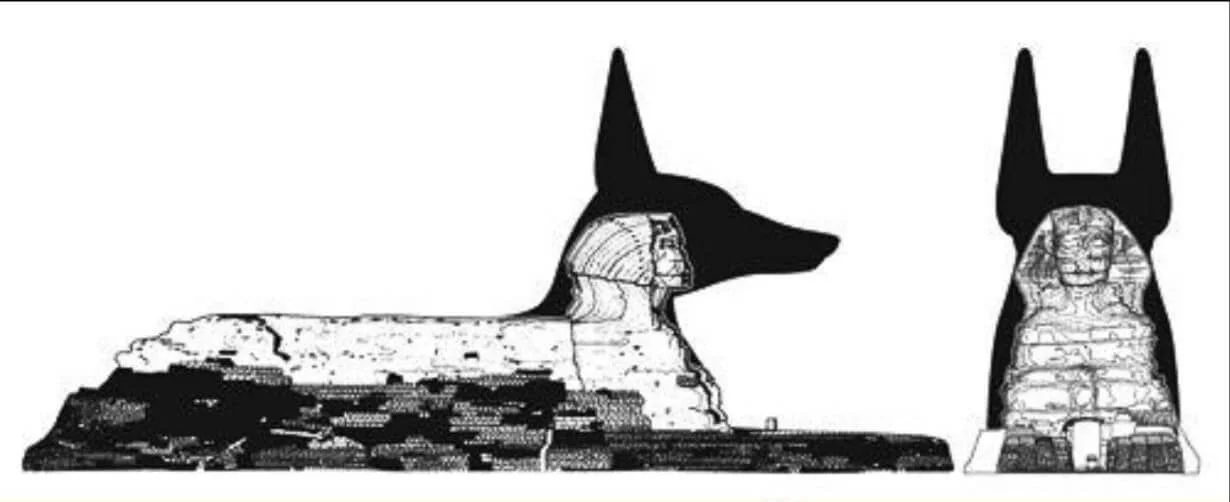The funeral of King Karl XIV Johan of Sweden in 1844 was a momentous event, marked by deep mourning and elaborate ceremonies. As a pivotal figure in the Swedish court and a close confidant of the late king, Count Magnus Brahe's presence and attire at the funeral were of great significance. This article delves into the details of the mourning clothes worn by Count Brahe, reflecting both the customs of the time and his personal status within the court.
Historical Context and Significance
King Karl XIV Johan, born Jean-Baptiste Bernadotte, was a French marshal who became the King of Sweden and Norway, founding the Bernadotte dynasty. His reign marked a significant period in Scandinavian history, with notable reforms and developments. His death in 1844 was a national event, and the mourning practices surrounding his funeral were steeped in tradition and formality.
Count Magnus Brahe was a prominent Swedish nobleman, military officer, and statesman. A close advisor to King Karl XIV Johan, he held various influential positions, including serving as the Marshal of the Realm (Riksstallmästare) and as a member of the Council of State. His participation in the funeral was a testament to his close relationship with the king and his high standing in society.
Mourning Customs of the 19th Century
In the 19th century, mourning attire was governed by strict societal norms, especially among the aristocracy and royalty. These customs were not only a reflection of personal grief but also a public demonstration of respect and reverence for the deceased. The mourning period's duration and the attire's specifics varied depending on the mourner's relationship to the deceased and their social status.
Mourning Attire of Count Magnus Brahe
Full Black Ensemble
As was customary, Count Magnus Brahe would have worn a full black ensemble, symbolizing mourning and respect. Black was the standard color for mourning and was used to denote a somber and reflective state. This would have included a black tailcoat or frock coat, which were popular formal garments of the time. The coat's design would likely have been understated yet elegant, befitting Brahe's status and the solemn occasion.
Tailcoat or Frock Coat
The choice between a tailcoat and a frock coat would have depended on the specific requirements of the funeral ceremony. Tailcoats, often associated with formal evening events, featured a distinctive cut with the front of the coat ending at the waist and the back tails extending to the knees or beyond. Frock coats, on the other hand, were more versatile and could be worn during the day or evening. They had a more uniform length and were often used in formal settings.
Given the funeral's nature, Count Brahe likely wore a frock coat, which would have been made of high-quality black wool or a similar fabric. The coat may have featured subtle details such as braiding or decorative buttons, all in black, to maintain the mourning aesthetic while reflecting his noble status.
Accessories and Details
Accessories played a crucial role in completing the mourning attire. Count Brahe would have worn black gloves, a standard accessory in formal mourning dress. A black cravat or necktie, carefully tied and possibly made of silk, would have complemented his coat. The inclusion of a black mourning band or sash was common, often worn on the arm or over the shoulder, further indicating the mourner's respect and sorrow.
A black top hat or bicorne hat, both popular at the time, would have been worn outdoors. These hats were not only a fashionable statement but also a practical one, shielding the wearer from the elements during the often lengthy outdoor portions of the funeral ceremonies.
Military and Court Decorations
As a military officer and court official, Count Brahe's mourning attire might have included certain decorations or insignia, though these would have been subdued to adhere to the mourning dress code. Such decorations, if worn, would have been in the form of miniature medals or discreet badges, often blackened or covered to blend with the mourning color scheme.
Cultural and Symbolic Significance
The mourning clothes worn by Count Magnus Brahe at King Karl XIV Johan's funeral were not merely about following tradition; they carried deep cultural and symbolic significance. The black attire was a visual representation of mourning, not just personal loss but also a public expression of respect for the deceased monarch. It was a display of loyalty and a reflection of the social and political order of the time.
The choice of materials and the quality of the garments underscored the wearer's social status. For a nobleman of Brahe's standing, the attire would have been meticulously crafted, reflecting both his wealth and his close relationship with the king. The strict adherence to mourning dress codes also highlighted the period's emphasis on propriety and decorum, particularly within the aristocracy.
The funeral of King Karl XIV Johan in 1844 was a pivotal moment in Swedish history, marked by elaborate rituals and a deep sense of mourning. Count Magnus Brahe's attire at the funeral was a manifestation of the era's mourning customs, blending personal grief with public duty. His full black ensemble, complemented by accessories and possible decorations, not only adhered to the strict dress codes of the time but also honored the late king's memory. Through this attire, Count Brahe expressed the solemnity and respect that characterized the court's mourning practices, providing a window into the cultural and social norms of 19th-century Sweden.

















































